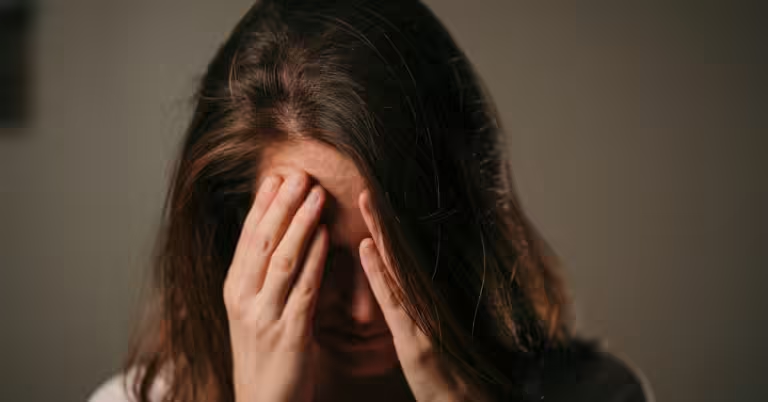Migraine attacks are These aren’t ordinary headaches: They cause intense pain and nausea that can last for hours or even days, restricting you to rest in a dark, quiet room. And for millions of women, these debilitating attacks are not an occasional experience, but a recurring ordeal.
Women suffer from migraines three times more often than men, and the symptoms last longer and more intensely. “It’s much more common than most people realize,” says Anne McGregor, a headache and women’s health expert. Despite the availability of a range of treatments, migraines remain the leading cause of disability-adjusted life years (DALYs) for women aged 15-49. DALYs are a measure of disease burden that take into account the time lost to illness. While the mechanics of migraines remain a mystery, one of the reasons for this gender difference is hormones.
During childhood, boys tend to suffer more from migraines than girls, but this changes dramatically during adolescence, when sex hormones begin to fluctuate, triggering physical changes like the onset of menstruation. This is when girls often experience their first migraine. After adolescence, girls are more likely to experience migraines than boys, and this difference becomes even more pronounced once they reach their mid-30s and continues into old age. “The two ends of the reproductive years for women are kind of chaotic,” says MacGregor.
In adulthood, many women who suffer from migraines report experiencing attacks related to their menstrual cycle. A rapid drop in estradiol, a potent form of estrogen, is thought to play a key role. A few days before menstruation, during a period known as the late luteal phase, estradiol levels fall rapidly. Women prone to migraines tend to experience a faster drop in estradiol around the time of menstruation compared to women who do not menstruate. Estrogen also falls during ovulation, but the drop is less rapid. This may explain why migraines are less common during this time. The role of estrogen has also been observed in transgender women undergoing hormone therapy, who show a similar frequency of migraines to cisgender women.
Estrogen fluctuations are also linked to migraines in women. As you enter perimenopause, the transitional period before menopause, your hormones become especially erratic. “Women who didn’t have significant menstrual migraines before are more likely to experience them during perimenopause,” says MacGregor. Some people’s symptoms ease after menopause. “But it’s important to say that patterns vary and not everyone gets better,” says Richard Lipton, a neurologist and epidemiologist at Albert Einstein College of Medicine in New York.
The link between estrogen and migraines is well documented, but researchers don’t yet fully understand how it affects the onset and progression of migraines. Lipton explains that migraines are a disorder characterized by brain sensitivity. “Sensitive means vulnerable to exogenous factors that make you more susceptible to migraines,” he says. The reaction could be triggered by things like hormonal changes.
But estrogen doesn’t act alone. Changes in estrogen levels also affect other hormones, such as serotonin, which prevents migraines by reducing pain sensitivity. When estrogen levels fall, so do serotonin levels, increasing the likelihood of a migraine. Triggers also work in tandem. When enough factors come together, such as low estrogen, lack of sleep, poor diet, dehydration, and stress, an attack can occur.

